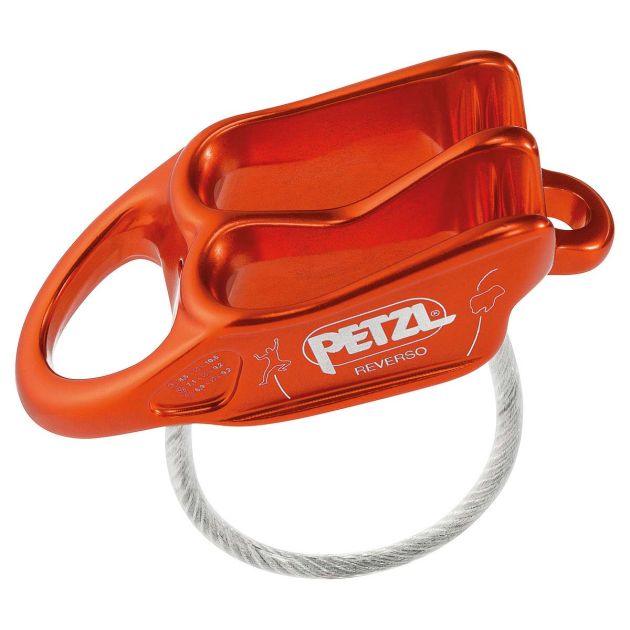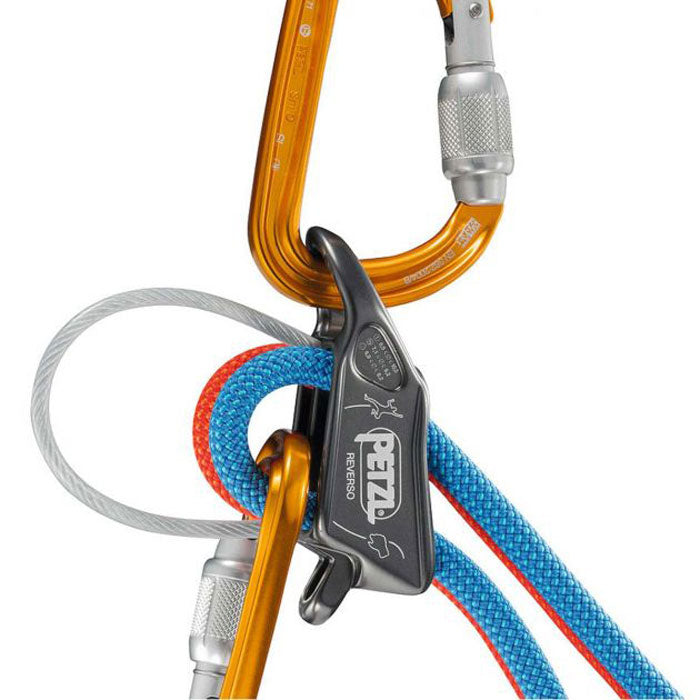
How to Select a Belay Device for Climbing
Introduction: When it comes to climbing, safety should be your number one priority Having the right equipment is essential to being a safe climber. Arguably the most crucial tool in a climber's arsenal is a belay device. A belay device is used to control the rope during belaying, a technique that ensures the climber's safety and allows for controlled descents or falls. In this article, we will provide you with a comprehensive guide on how to buy a belay device for your climbing adventures.
Understanding Belay Devices: Belay devices are tools used in climbing to control the rope during belaying or rappelling. They are designed to create friction on the rope, allowing the belayer to manage the climber's safety effectively. Belay devices come in various styles, each with their own unique features and suitable applications.
Types of Belay Devices:
Tube-Style Belay Devices: These are the most commonly used belay devices and are ideal for both beginner and experienced climbers. They consist of a tubular-shaped device that creates friction as the rope is fed through it. Examples include the Black Diamond ATC and Petzl Verso.
Assisted Braking Devices: Assisted braking devices, such as the Petzl GriGri, provide an additional level of safety by automatically locking the rope in the event of a fall or when the brake hand is released. These devices are especially useful for belaying a heavier climber or during prolonged belay sessions.
Figure-8 Devices: Figure-8 devices have a distinctive figure-eight shape and are commonly used for rappelling. They provide a large surface area of friction and are easy to use. We recommend that you primarily use figure 8 devices for rappelling/descending.
Considerations for Buying a Belay Device:
Belaying Technique: Consider your belaying technique and the type of climbing you intend to do. Tube-style devices are versatile and suitable for a wide range of climbing styles, while assisted braking devices offer added safety and are often preferred for sport climbing or belaying heavier partners.
Rope Compatibility: Ensure that the belay device you choose is compatible with the diameter of the rope you will be using. Most belay devices are designed to accommodate a range of rope sizes, but it is important to verify compatibility to ensure optimal performance and safety.
Weight and Portability: If you plan to go on multi-pitch climbs or carry your gear for long distances, consider the weight and portability of the belay device. Lightweight options, such as compact tube-style devices or smaller-sized assisted braking devices, can be more convenient for these situations.
Durability and Quality: Investing in a durable and high-quality belay device is crucial for your safety, both short-term and long. Look for devices made from strong materials, and most importantly backed by reputable manufacturers with a strong track record in the climbing industry.
Conclusion: Selecting the right belay device is a must in ensuring a safe and enjoyable climbing experience. By considering factors such as the intended use, type of device, belaying technique, rope compatibility, weight, ergonomics, and quality, you can make an informed decision. Remember to always prioritize safety and consult with experienced climbers or professionals if you have any doubts. With the right belay device in hand and a head full of climbing safety knowledge, you can embark on your climbing adventures with confidence and peace of mind. Climb on! 









